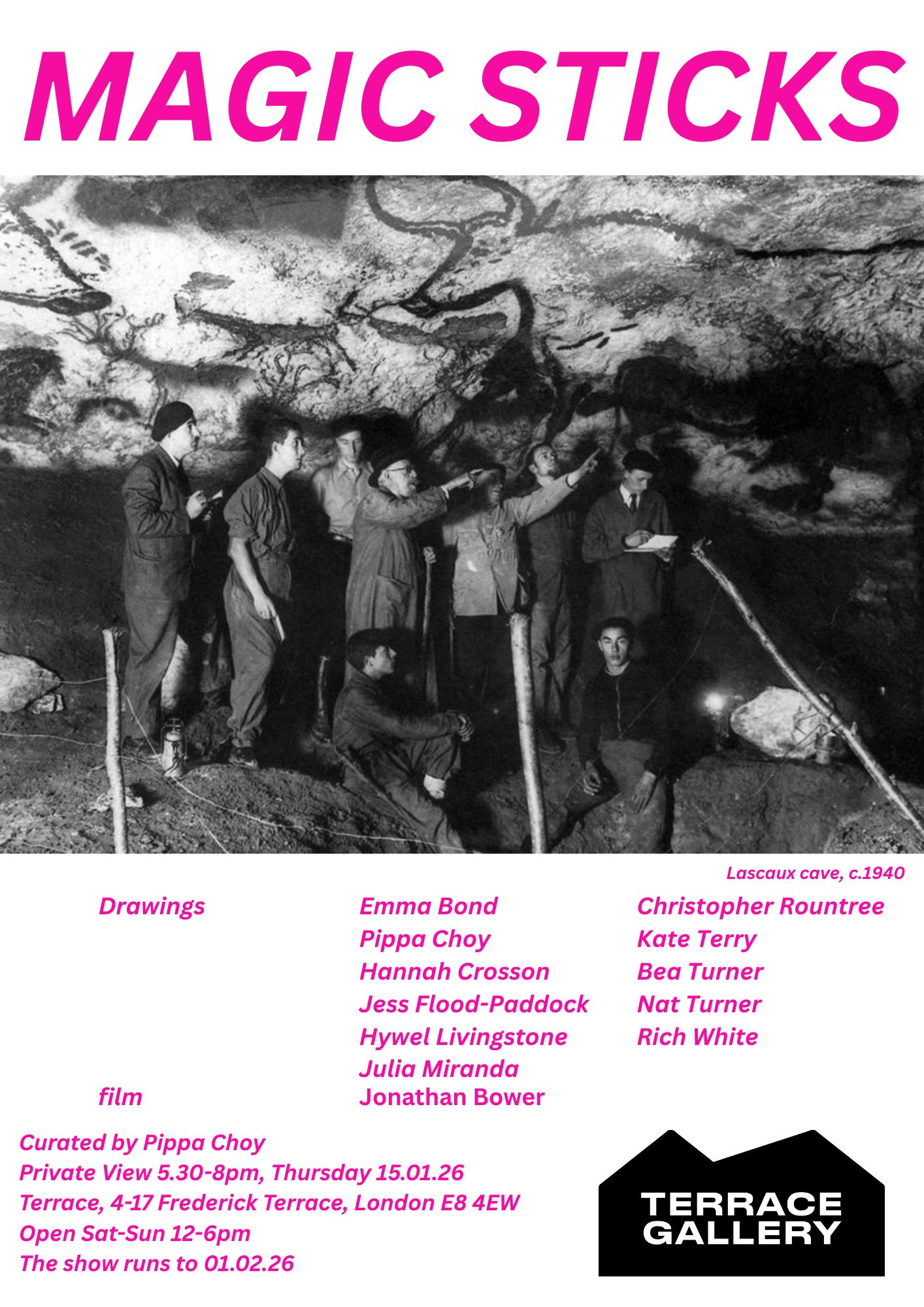09⋅12⋅2025
Magic Sticks

I'm showing some of my Breach drawings in an exhibition at Terrace Gallery in January.
Runs 15th Jan to 1st Feb 2026.
Curated by Pippa Choy and featuring drawings by Emma Bond, Pippa Choy, Hannah Crosson, Jess Flood-Paddock, Hywel Livingstone, Julia Miranda, Christopher Rountree, Kate Terry, Bea Turner, Nat Turner and Rich White, with a film by Jonathan Bower.